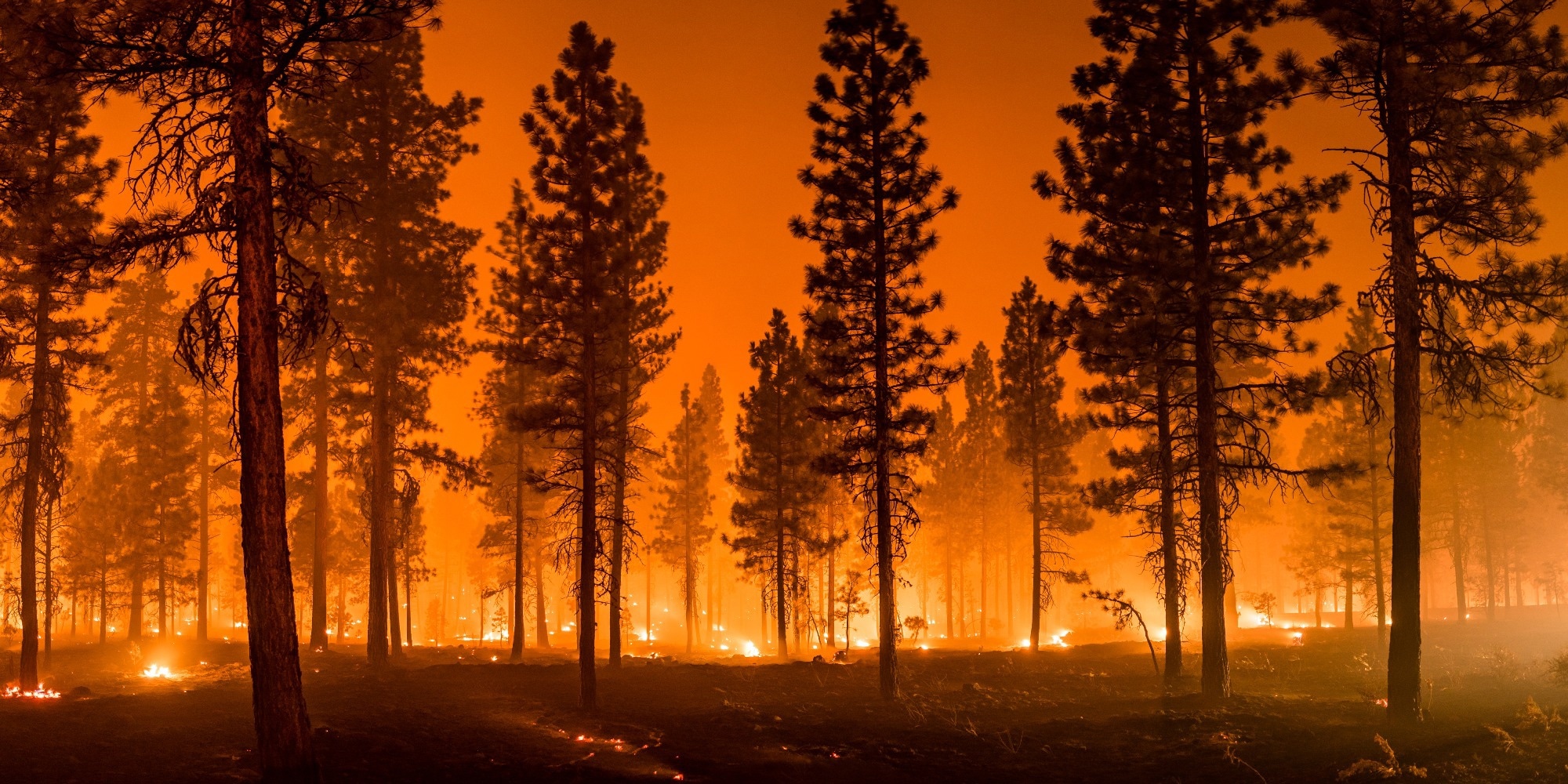Climate change, the spread of the wildland-urban interface, and dubious management methods have all increased the likelihood and intensity of wildfires in the western regions of the United States (US). The prolonging of California's annual wildfire season resulted in significant environmental, health, and economic devastation. Wildfire smoke contributes to PM2.5 pollution, accounting for 25% to 50% of US PM2.5 levels. Since 2016, progress in reducing PM2.5 levels has slowed or reversed in most states. As climate change accelerates aridification, wildfire management becomes increasingly crucial.
 Study: Mortality attributable to PM2.5 from wildland fires in California from 2008 to 2018. Image Credit: My Photo Buddy / Shutterstock
Study: Mortality attributable to PM2.5 from wildland fires in California from 2008 to 2018. Image Credit: My Photo Buddy / Shutterstock
About the study
In the present study, researchers analyzed the health effect of modeled wildland fire PM2.5 estimations at the 12-km grid size from 2008 to 2018, calculating related premature mortality using chronic dose-response values for wildfire exposure.
The analysis characterizes the state's mortality impacts over 11 years, using chronic dose-response values for wildfire-specific PM2.5 exposure, and combines California Department of Public Health (CDPH) mortality data with a Community Multiscale Air Quality (CMAQ) capable of isolating wildfire-related fine-particle concentrations to estimate premature deaths between 2008 and 2016. They analyzed the temporal, geographical, and overall distribution of CMAQ-modeled PM2.5 concentrations on a 12-km grid size.
The researchers investigated fire-only PM2.5 levels during the study period and compared (i) all-source concentrations, (ii) non-fire, and (iii) grid cell-scale fire-only PM2.5 levels for mean the PM2.5 level over 11 years. The study uses derived chronic fire-related dose-response values (βWL) to evaluate the death burden associated with PM2.5 exposure during wildfires in California. The base scenario eliminates outliers to assess the possible impact of high wildfire PM2.5 levels on mortality. The updated cap scenario eliminates fire-source PM2.5 levels that fall below the 99.90th percentile of projected values, considering skewed concentrations obtained by CMAQ modeling.
The team compared monthly average predicted concentrations to ground station data to determine how high wildfire concentrations affect death. They conducted additional mortality studies to contextualize the primary findings. They calculated mortality estimates using βL, the same chronic undifferentiated PM2.5 dose-response values utilized in the original analysis not specific to wildfire smoke exposure.
Results
Researchers predict that fire-sourced PM2.5 exposures cause 52,480 to 55,710 premature deaths, with a corresponding economic value of $432 billion to $456 billion. These findings have immediate consequences for California, which is at the forefront of climate policy development, with numerous fire-prone areas and a varied population to safeguard.
Fire-sourced PM2.5 accounts for 6.9% to 49% of all-source PM2.5, based on flame severity. California's fires in 2008 and 2017, and the following year, burned 1.50 million to almost two million acres, accounting for roughly half of the total PM2.5 levels. All-source PM2.5 levels were higher throughout those years. The geographical distributions of all-source, non-fire, and fire-sourced PM2.5 concentrations varied by area due to various pollution sources. Wildfire smoke widens the regions affected by elevated PM2.5 levels. Non-fire-modeled values reveal greater pollution levels in Los Angeles County and San Joaquin Valley regions due to traffic and agricultural pollutants.
Fire-sourced PM2.5 concentrations in California typically impact rural, wooded areas, particularly in the north and east. Over the previous 11 years, fire-only PM2.5 has accounted for most predicted values over the NAAQS cut-off of 35.0 μg/m3. The areas most affected by wildfires are in national forests and eastern parts of the Joaquin Valley, with grid cells having estimated levels exceeding the one-day NAAQS cut-off for 100 days or more.
Non-fire causes cause concentrations in urban locations like Los Angeles to exceed the yearly NAAQS, but fire-only PM2.5 sources account for higher levels in rural regions. Annual mortality consequences from fire-only PM2.5 exposure ranged from 1,240 fatalities in 2010 to 12,850 in 2018, with 2018 having the most wildfire acres burned.
Based on the study findings, fire-sourced PM2.5 emissions led to 52,480 to 55,710 premature deaths in California, totaling $432 billion and $456 billion, respectively. These fatalities accounted for roughly 19% of total deaths caused by all-source PM2.5 concentrations in the state. The findings underline the importance of societal efforts in wildfire prevention and control. The state and federal governments have agreed to a multiyear increase of around $6.7 billion for wildfire mitigation; however, the investments seem to fall short of the predicted cost reductions in the case of higher investments. Future research on air pollution modeling may enhance health effect evaluations.